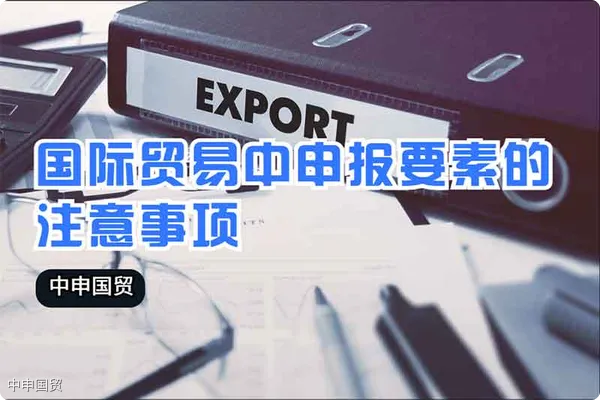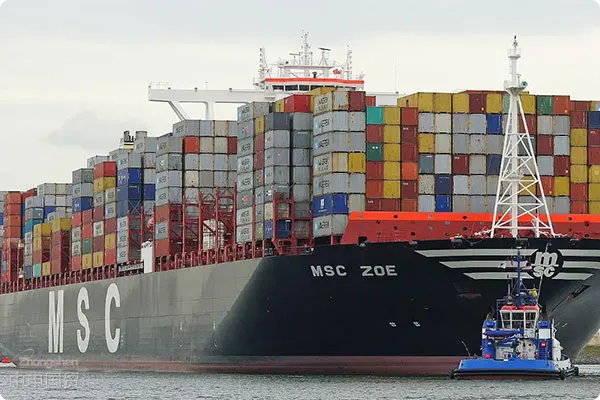- Shanghai Zhongshen International Trade Co., Ltd. - Two decades of trade agency expertise.
- Service Hotline: 139 1787 2118
Relevant Introduction
In international trade, declaration elements constituteimport and exportessential information required for business operations. Declaration elements include import/export goods physical appearance, composition and proportion, category, purpose, grade, etc. When completing declaration elements, accuracy and truthfulness are mandatory to facilitate customs verification and management.

First, accurate declaration elements provide clearer basic information about import/export goods while serving supplementary explanatory purposes. For example, detailing composition proportions in declaration elements helps customs achieve more precise classification and management. Additionally, specifying goods grade and purpose enables more targeted customs supervision.
Second, properly completed declaration elements facilitate customs inspection procedures and smoother cross-border movement of goods. In international trade, customs authorities conduct strict inspections to ensure product quality and safety, where declaration elements play a crucial role. Accurate declarations help customs better understand goods fundamentals, enabling more precise inspections while avoiding misjudgments or oversight. Moreover, proper declarations accelerate customs clearance, enhancing trade efficiency.
When completing declaration elements, attention should be paid to specific completion methods.
Below are common methods for completing declaration elements:
Principles of declaration elements
Typically, this section describes the operational principles of import/export goods using plain language. Some products may require explanation of production principles, though customs systems often impose character limits, so concise descriptions are preferable. If difficulties arise, relevant attachments may be submitted instead.
Model numbers in declaration elements
If model numbers appear on product packaging or the goods themselves, they should be accurately recorded. If unavailable or unknown, no model may be entered. Model numbers usually consist of letters, numbers, or combinations thereof, typically assigned by manufacturers.
Brand Type for Declaration Elements
Brand types include: No Brand (0), OEM Foreign Brand (3), Domestic Independent Brand (1), Other Foreign Brand (4), and Domestic Acquired Brand (2). These brand types can be represented numerically as 0, 3, 1, 4, and 2 respectively when filling out the form.
Contract Date for Declaration Elements
Usually written directlyforeign tradeas the signing date of the transaction contract.
Whether Eligible for Preferences in Declaration Elements
This depends on whether the buyer of the goods can enjoy tariff reduction policies when importing the goods. If eligible, write Eligible; if not, write Not Eligible; if uncertain, write Uncertain Whether Eligible.
Declaration element GTIN
GTIN in declaration elements is actually the barcode, also known as the Global Trade Item Number, which enables precise identification of product items. GTIN codes generally have 4 structures, and any identification code must be used as a whole. Currently, this declaration element usually does not need to be filled out.
Declaration element CAS NO
CAS is the chemical code, commonly known as the Chemical Abstracts Service number, and it generally consists of 6 to 9 digits. The general format is ####aa-aa-a, where the # positions may or may not have digits, but the a positions must have digits. The maximum is 6 digits, but the overall number must not be less than 5 digits. Normally, the size of the number is proportional to the discovery time of the substance.
Related Recommendations
? 2025. All Rights Reserved. Shanghai ICP No. 2023007705-2  PSB Record: Shanghai No.31011502009912
PSB Record: Shanghai No.31011502009912










